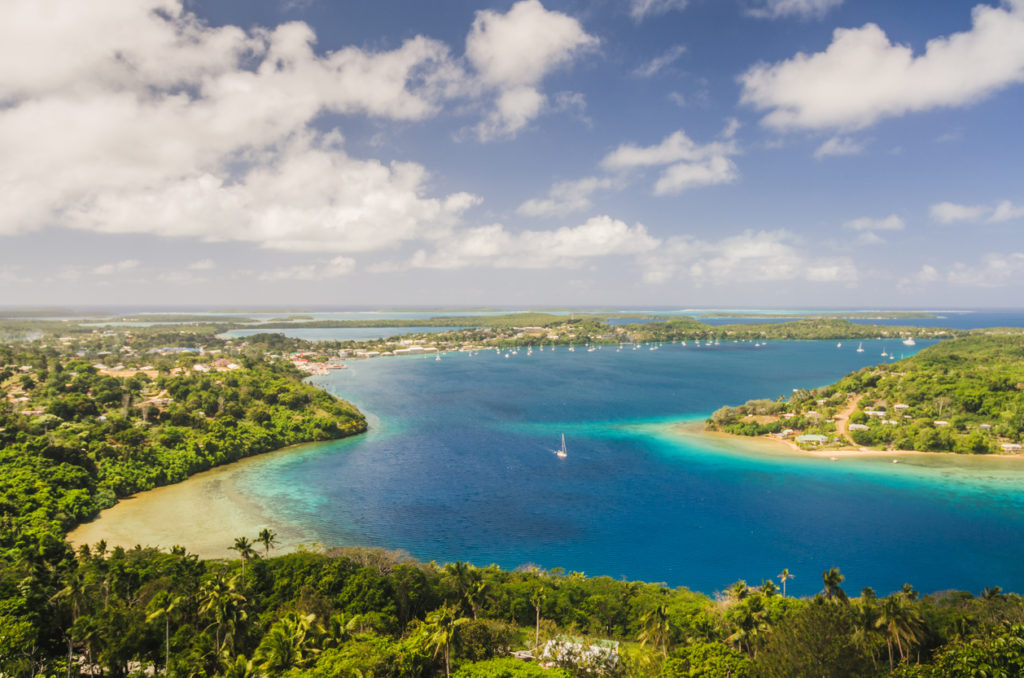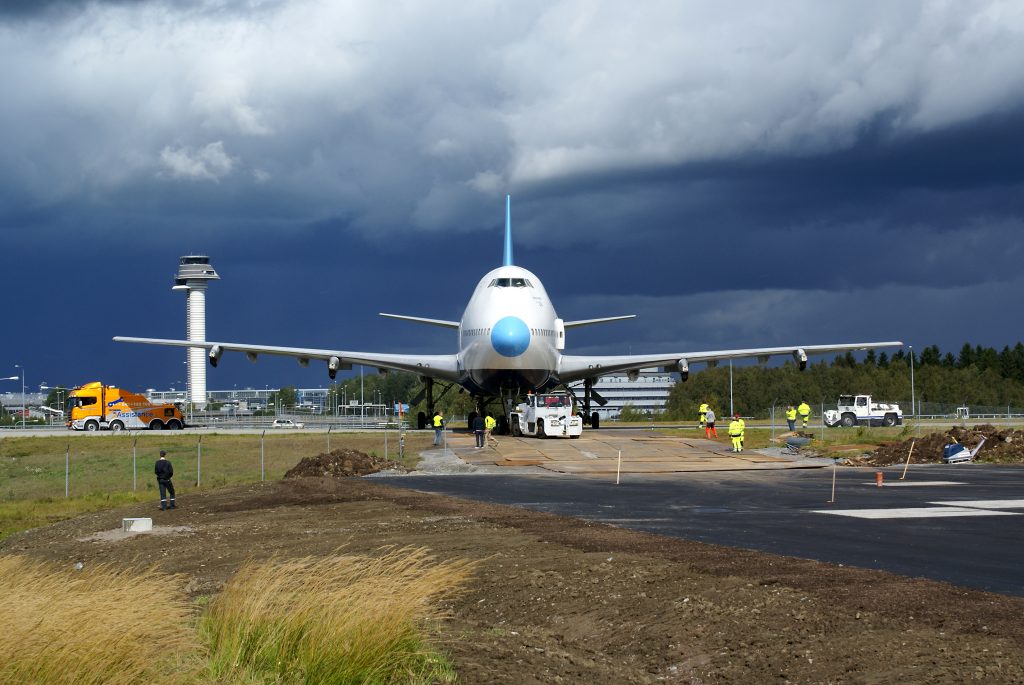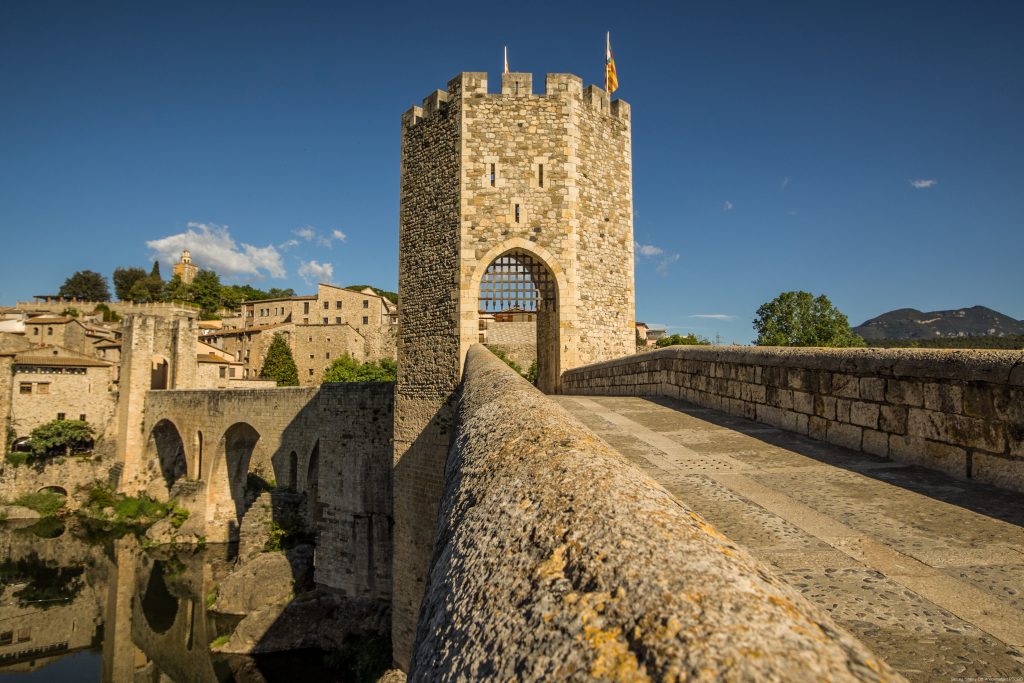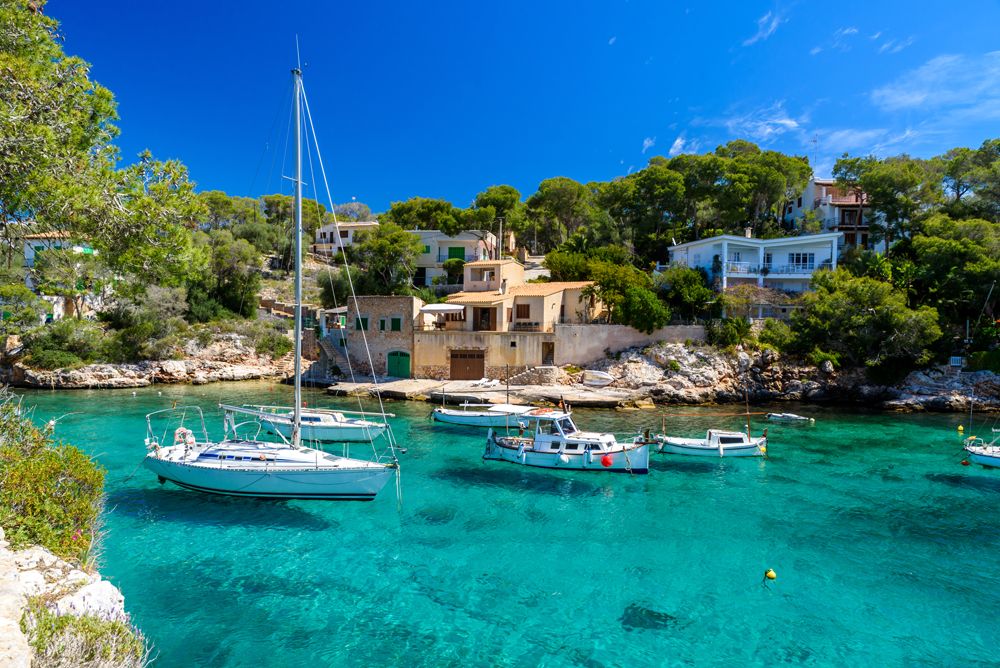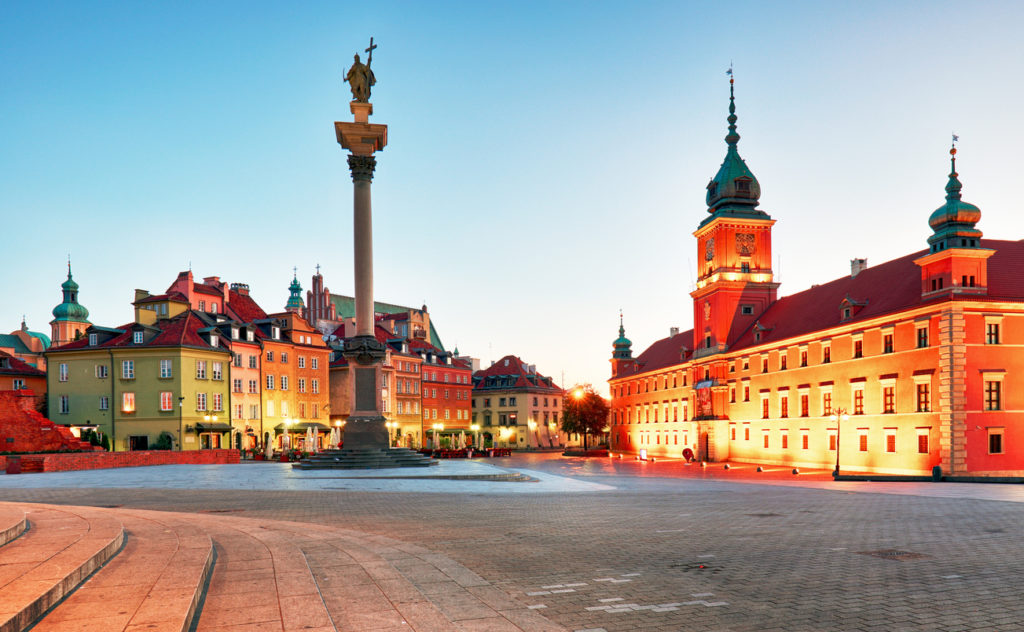
A modern and large metropolis that has long shredded its Cold War cloak, Warsaw is a dynamic and fascinating city. Rising from the ashes like the Phoenix following the massive destruction of the city caused by the Nazis during the Second World War, Warsaw is now a beautiful European capital remarkable due to its rich history, culture, and verve. Known as a destination for an inexpensive break, the city may not have the beauty of Cracow or the Baltic Sea of Gdańsk, but it certainly captivates visitors with its lively rhythm, interesting attractions, and eagerness to keep up with times. The luxury hotels, new restaurants, designer shops, and recent museum openings, all contribute to Warsaw’s appeal and tourist charm.
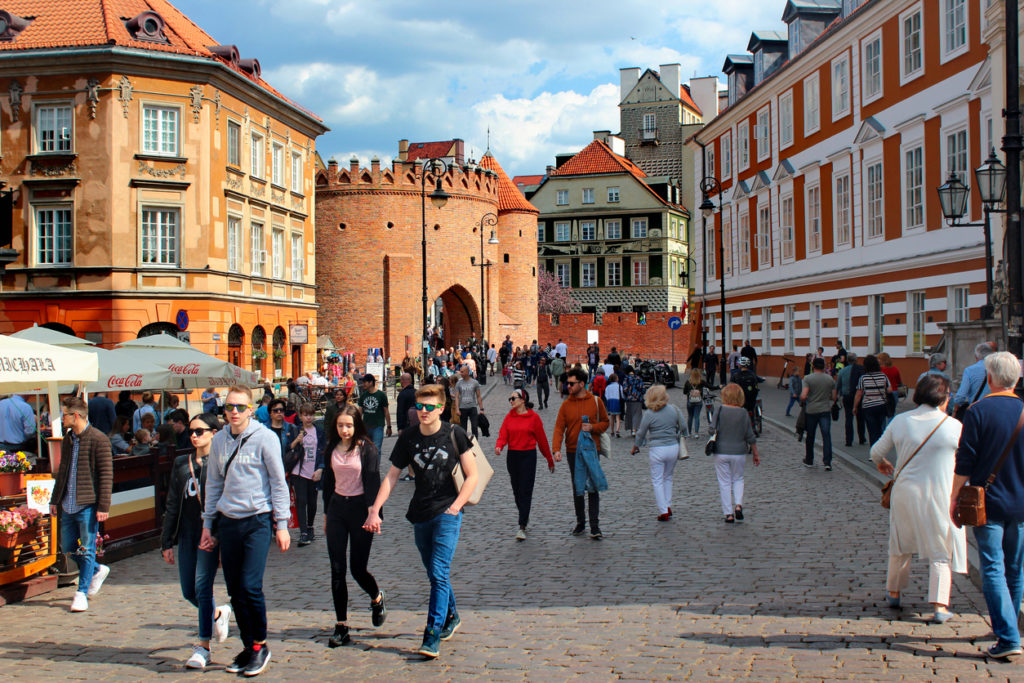
Enjoy a great first impression with a tour of the Old Town
There’s no better place to start your journey of exploration of Warsaw than the picturesque Old Town or Stare Miasto. The cobbled streets, bohemian cafes, and amber shops and restaurants create an idyllic backdrop for getting to know the city’s spirit. While the Old Town of Warsaw is not as old as you might think because much of it was destroyed during the Second World War, the district was rebuilt successfully and is now a UNESCO World Heritage Site. Admire the masterful recreation of 17th-century richly ornate merchant houses that frame the square and take a break to savor pierogi (Polish ravioli).
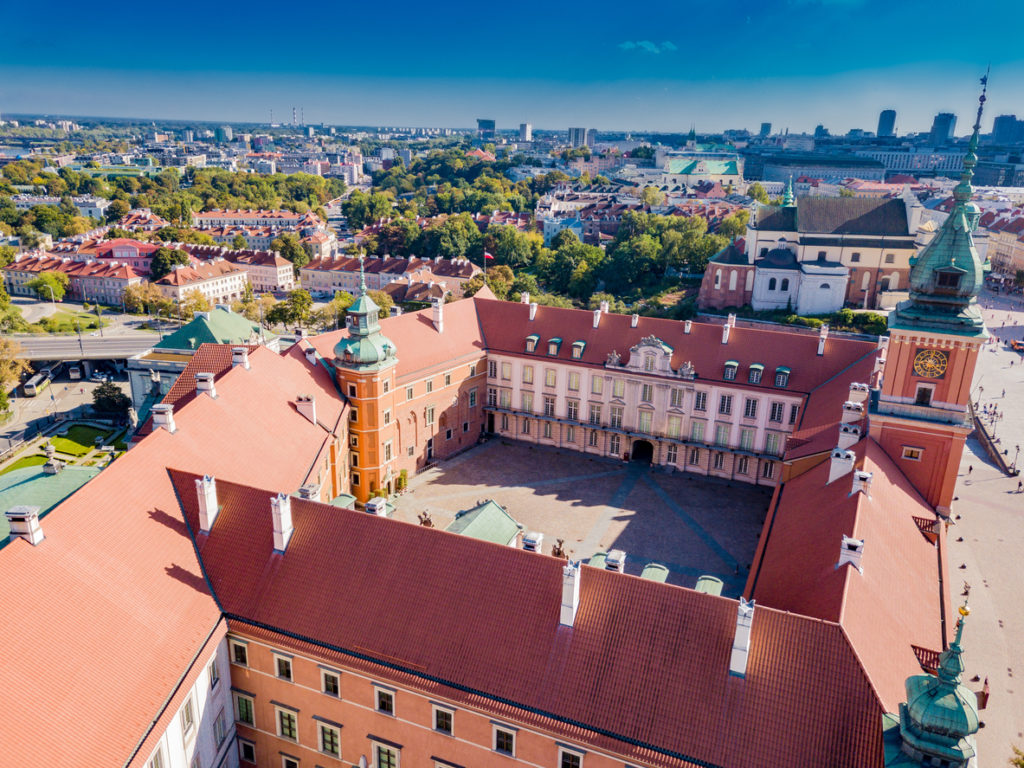
Admire the views from the Royal Castle
The Royal Castle is often at the top of the must-see sights in Warsaw lists due to its captivating historical tales and views of the Vistula River. It’s true that like many other attractions in Warsaw, the Royal Castle too was reconstructed between 1971 and 1984, but visitors can still admire some elements of the original castle that managed to be salvaged and the reconstructed apartments and galleries. The castle is perched on a plateau overlooking the Vistula River and was the residence of the Dukes of Mazovia. It later became the seating of the Polish kings and the parliament, and currently houses a museum displaying period furniture, portraits, tapestries, and other decorative arts.
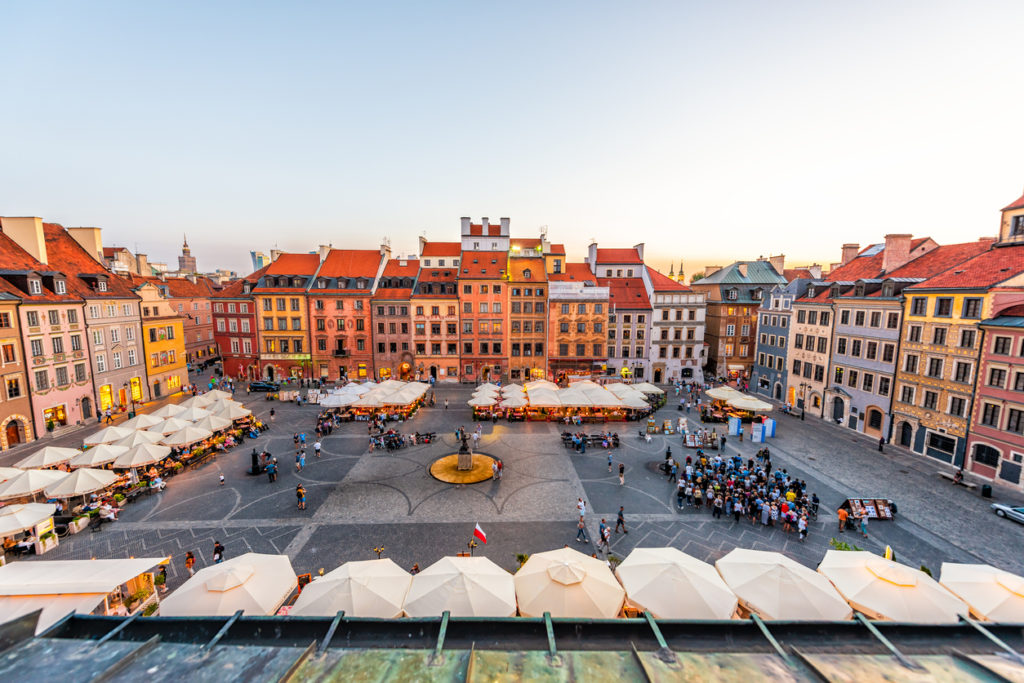
Get to know Warsaw through its museums
The city abounds in museums ready to tell stories about Poland’s past, art, and culture. The National Museum in Warsaw houses an impressive collection of artworks, including the Battle of Grunwald by Jan Matejko that depicts the Polish victory over the Teutonic Knights in 1410, as well as Polish and European decorative arts. While the Pawiak Prison Museum is a testament to the horrible things the Polish had to endure during the Nazi oppression, when it was the largest political prison in the country, the Warsaw Uprising Museum tells stories of self-sacrifice and bravery of the residents who had fought the German forces and illustrates how life must have been like during those times. History buffs will love a visit at the Wilanów Palace too, a baroque structure that dates back to the mid-1600s. The palace was built by King Jan III Sobieski and is currently open to the public.
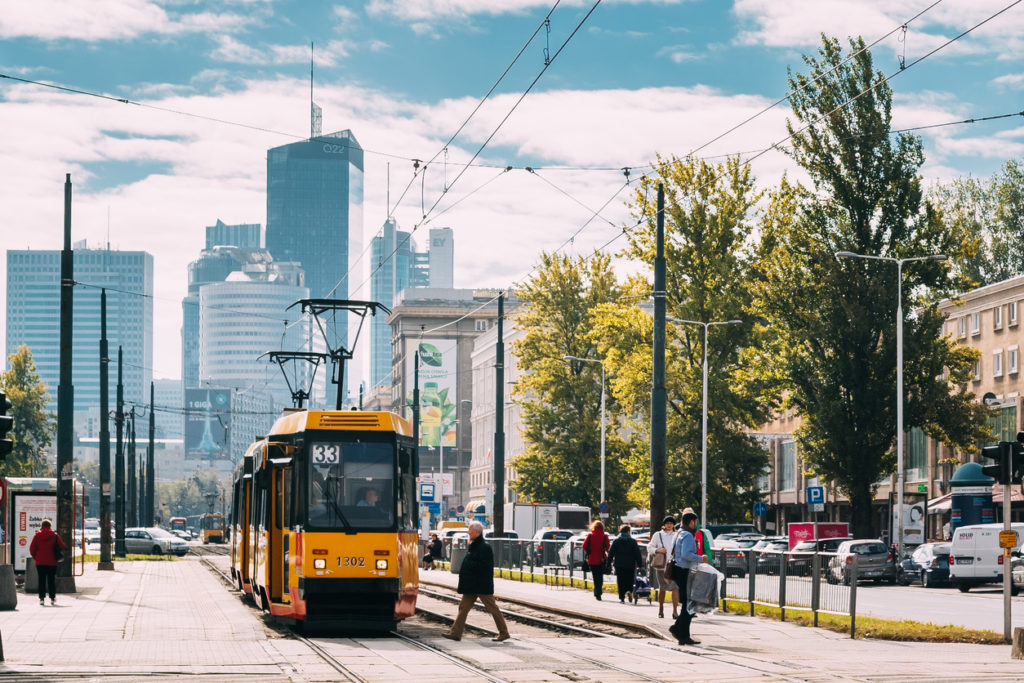
See what you think about the Palace of Culture and Science
The presence of the Palace of Culture and Science is a controversial subject for Varsovians. The building is a messenger from the past and a reminder of almost 45 years of Russian suppression. This grandiose structure dominates the city’s skyline as the tallest building in Warsaw at 230 m and reminds both locals and visitors about Stalin’s bravura since it was his gift to the city. The palace was built between 1952 and 1955, and while many can’t come to an agreement about the reasons why is still standing, one thing is sure: its viewing platform on the 30th floor at 115 m offers amazing views over Warsaw. The building houses two museums, three theaters, a concert hall, and a cinema.
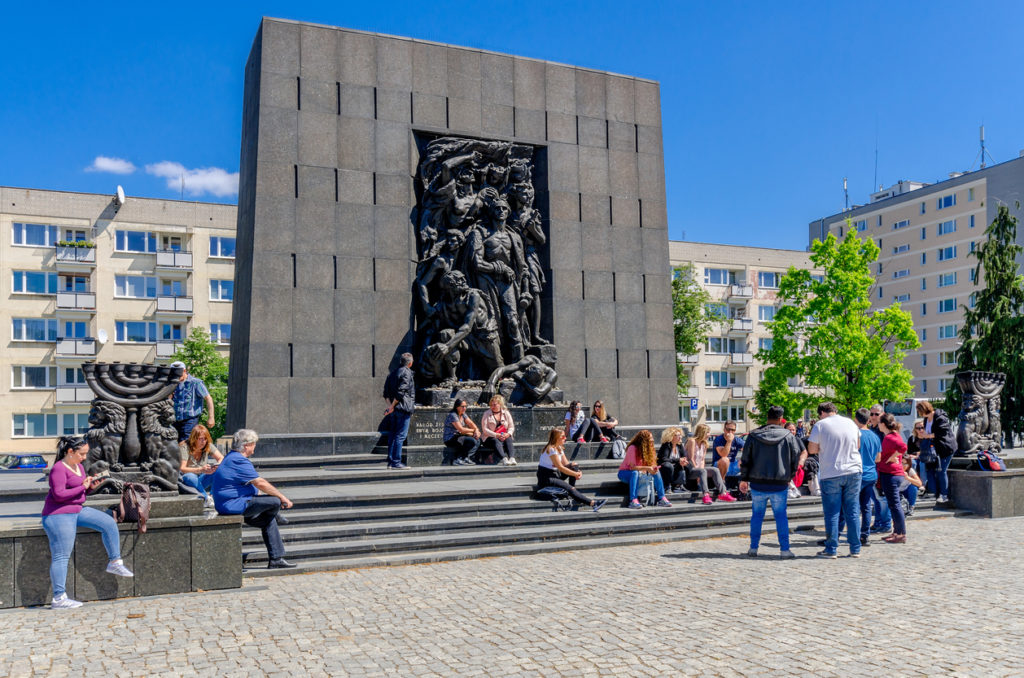
Learn about Jewish history
Warsaw’s history will forever be marked by the horrific faith of its Jewish population. Pre-war Warsaw had the second biggest Jewish population in the world. After the Nazi invasion, more than 450,000 Jews were forced to live in the city’s ghetto, a 3-meter wall encircled area from the Palace of Culture and Science to the Umschlagplatz monument. The monument was the departure point of the Jews that were sent by train to the Treblinka concentration camp. Currently, you’ll be able to see only three sections of the wall. There is only one synagogue left in Warsaw that survived the war, the Nozyk Synagogue. The synagogue dates back to 1902, and the only reason it’s still standing today is because the Nazis used it as a warehouse. If you want to learn more about Jewish history, visit the Museum of Polish Jews and the Jewish Cemetery.
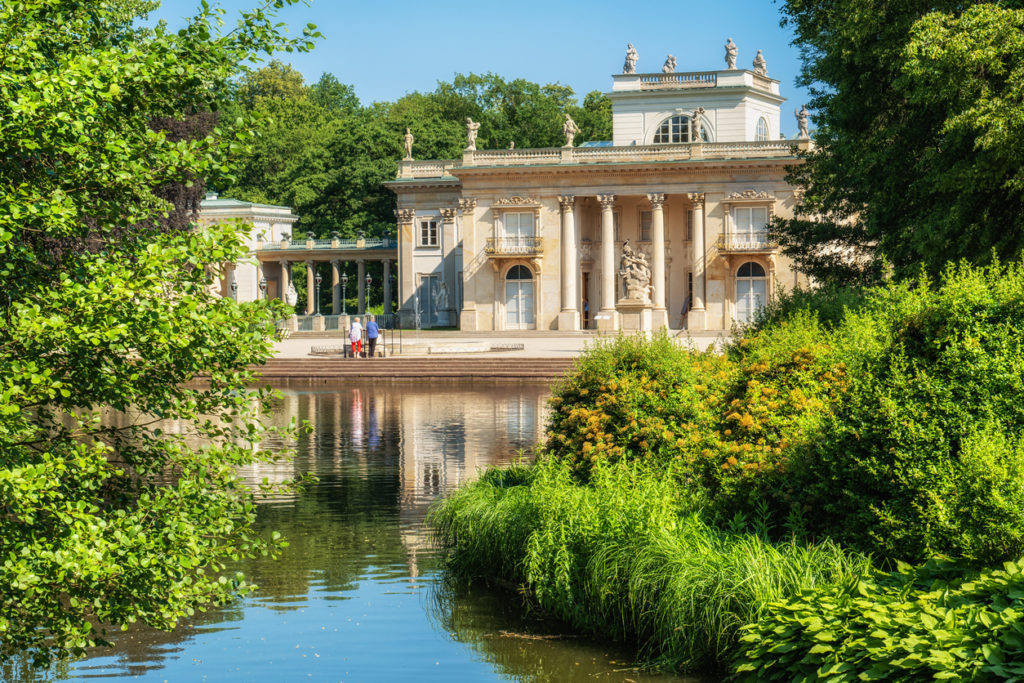
Relax in the splendid Lazienki Park
Lazienki Park is an oasis of greenery beloved by locals and tourists alike. Adorned with wide leafy avenues and scene to numerous concert recitals, the park is a superb location for reconnecting with nature and admiring 18th-century gardens. Lazienki Park is also known for its impressive Chopin Monument, where the annual Chopin Festival takes place and houses the gorgeous Palace on the Water and Belvedere Palace. The Palace on the Water is a beautiful example of neoclassical architecture and was the residence of the last King of Poland, in the 18th century, while Belvedere Palace was the residence of Poland’s presidents. For beautiful views of the Palace on the Water head to the monument dedicated to Jan Sobieski.
If you liked this article you might also enjoy: https://www.purevacations.com/lisbon-portugal/

